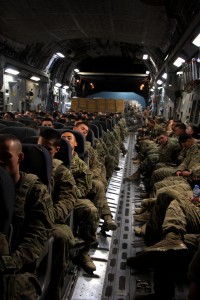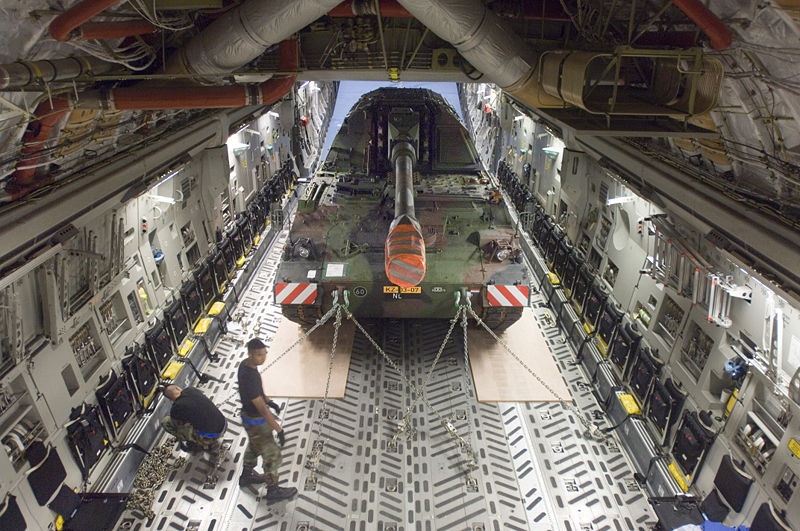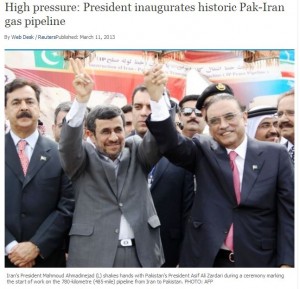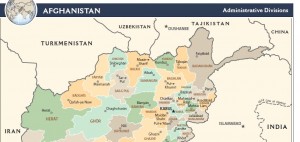Did Yemen Evacuation Cover Staging of JSOC Troops, Equipment for Attack?
Earlier this morning, a tweet from Joshua Foust alerted me to this BBC article, where it appears that some observers suspect that the US may be preparing a JSOC strike within Yemen:
Amid the escalating tensions, sources also told BBC Newsnight that the US was preparing special operations forces for possible strike operations against al-Qaeda in Yemen.
Although the US has previously sent special forces to train counter-terrorist units, there are now suggestions that the Joint Special Operations Command (JSOC), may be preparing units for strike operations, the sources said.
This information prompted me to remember that I had noticed someone mention that yesterday’s evacuation of personnel from Yemen was described as having employed an Air Force C-17. The C-17 is a highly versatile aircraft and can be rapidly reconfigured between transporting passengers and heavy equipment:
The design of the cargo compartment allows the C-17 to carry a wide range of vehicles, palleted cargo, paratroops, air-drop loads and aeromedical evacuees.
The cargo compartment has a sufficiently large cross-section to transport large wheeled and tracked vehicles, tanks, helicopters (such as the AH-64 Apache), artillery and weapons such as the Patriot missile system. Three Bradley armoured vehicles comprise one deployment load on the C-17. The US Army M1A1 main battle tank can be carried with other vehicles.
The maximum payload is 170,900lb (77,519kg) with 18 pallet positions, including four on the ramp. Airdrop capabilities include: a single load of up to 60,000lb (27,216kg), sequential loads of up to 110,000lb (49,895kg), Container Delivery System (CDS) airdrop up to 40 containers, 2,350lb (1,066kg) each, up to 102 paratroops.
Here is how the use of a C-17 in the evacuation was described:
Almost 100 U.S. government personnel were evacuated from Yemen at dawn Tuesday as the State Department urged all Americans in the country to leave “immediately” because of an “extremely high” threat of a terrorist attack — even as a U.S. drone attack killed four suspected terrorists.
U.S. officials said the “non-emergency evacuation” of “just under a hundred” personnel was carried out by an US Air Force C-17 which took off from the Yemeni capital, Sana’a, bound for Ramstein air base in Germany. Some essential embassy staff stayed behind.
And so that story would have us believe that as the C-17 left Sana’a for Ramstein, the inside looked somewhat like the photo above, but with the embassy personnel in civilian clothing instead of uniforms. But I wonder what the inside of the C-17 looked like as it landed in Sana’a. Something like this, maybe, with a number of Special Forces soldiers? (Not that tank would be the heavy equipment of choice, but you get the idea.)
Note also that the NBC story states the evacuation flight left at dawn. That means the C-17 would have arrived and possibly been unloaded under cover of darkness. Also note that Foust’s first assumption was that the usual course of action would have been for the US to utilize a commercial charter for the evacuation. Use of the C-17 instead of a commercial charter opens up more possibilities on what the US may have been up to with these flights.




